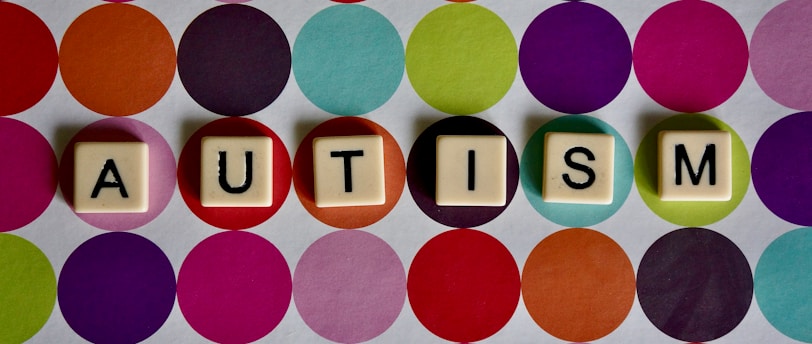Autism? Let's Reduce the Challenges
Reducing the challenges experienced by those with autism
Jenny Rudd
2 min read


As the incidence of autism and various sensory and neurological disorders continues to rise, it becomes increasingly important to understand the role of primitive reflexes in development. These reflexes, present from infancy, are vital for survival and should typically integrate by the age of one. Their primary purpose is to establish neural pathways for higher brain development. The higher brain then takes over and the reflex is no longer needed and becomes dormant. However, when these reflexes are retained beyond their natural timeframe—whether due to birth conditions, trauma, or illness—they can impact sensory processing, coordination, balance, speech/articulation, emotional maturity and our ability to learn. Unintegrated reflexes can place a constant stress on the nervous system.
Recognising and addressing the implications of retained primitive reflexes is the key to supporting neurological and social development, reducing the barriers to thriving for those affected.
My comprehensive assessment will find what is behind your Autism so that I can provide you with a thrive plan that truly makes a difference.
Some of the primitive reflexes that we see retained in those with autism include:
Fear Paralysis Reflex (FPR) - People with an active FPR often grapple with anxiety and a tendency toward negative thinking, which hinders their ability to lead a joyful and social life. This heightened state of stress not only suppresses emotional well-being but also complicates the success of various intervention programs aimed at fostering growth and change. As a result, the challenges associated with an activated FPR can create a cycle of negativity, stifling emotional development and resilience.
Moro Reflex - The integration of the Moro reflex is crucial for overall sensory processing and development. When it fails to integrate correctly, it can obstruct the integration of other primitive reflexes, leading to various challenges. An active Moro reflex causes individuals to struggle with filtering sensory stimuli, triggering their survival instincts. This heightened state of alertness compromises their ability to distinguish between safe and unsafe situations, resulting in a constant state of tension in the body. As they remain ready to react at a moment’s notice, it can become difficult to relax or engage fully with their environment. Addressing the integration of the Moro reflex is essential for fostering a sense of safety and promoting healthy sensory processing in everyday life.
Babinski - if the Babinski reflex remains active, it may obstruct the development of essential skills like balance, coordination, speech, and higher-level cognitive functions
Bauer Crawling - a retained Bauer crawling reflex can lead to various mental, emotional, and physical challenges that impede overall development.
Landau -an active Landau reflex can hinder the development of postural control and crucial sensory skills, such as binocular vision and binaural hearing
